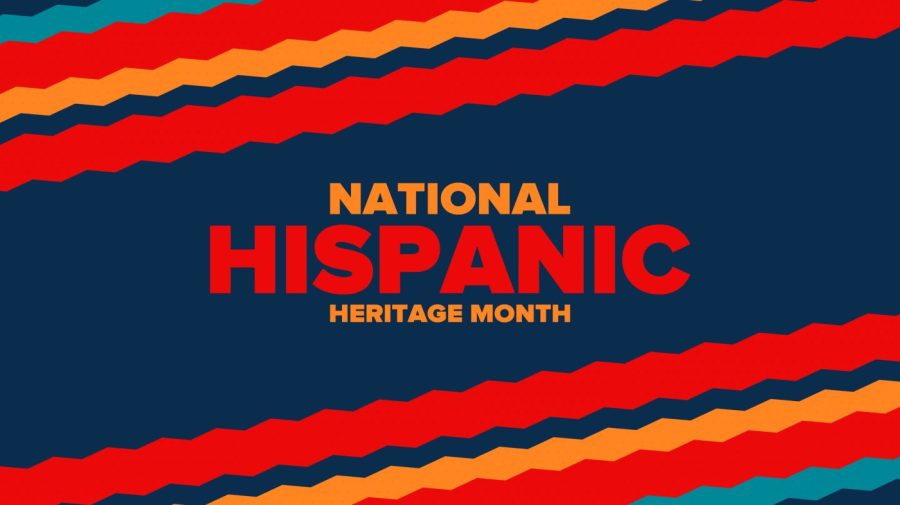(NEXSTAR) — officially kicks off Sept. 15, marking the 35th year of the celebration of Hispanic cultures and their contributions to the U. S.
As Hispanic people continue being one of the U. S. ’ most visible communities, many questions about terminology arise.
The current most common ways Hispanic populations refer to themselves are “Hispanic,” “Latino/Latina” and “Chicano,” but the newer gender-neutral term “Latinx” attempts to be more inclusive to non-binary members of the population. “Non-binary” means those who don’t identify as male or female: These are people who have a gender that blends elements of either, or people have a gender that is neither male or female. Additionally, as , some people don’t identify with any gender and some people’s gender identity changes over time.
But although it may have good intentions, the term has yet to be integrated by most Hispanic people, data shows. And while some people’s reasonings for disliking the term may well be rooted in , for others, the issue is the word itself. Naysayers call the term a form of “neocolonialism,” or a way for non-Hispanic progressives to control what Latin people call themselves — in other words, a “white people thing.
” “This is a blatant form of linguistic imperialism — the forcing of U. S. ideals upon a language in a way that does not grammatically or orally correspond with it,” say authors of a notable Swarthmore College essay titled Authors Gilbert Guerra and Gilbert Orbea — who are not opposed to non-binary language, they say — continue: “It seems that U.
S. English speakers came upon Spanish, deemed it too backwards compared to their own progressive leanings, and rather than working within the language to address any of their concerns, ‘fixed’ it from a foreign perspective that has already had too much influence on Latino and Latin American culture. ” Gilbert and Orbea also pointed to linguistics, saying Spanish already has its own gender-neutral term to describe people: “Latino.
” “Gender in Spanish and gender in English are two different things. Even inanimate objects are given gendered -o/s and -a/s endings, although it is inherently understood that these objects are not tied to the genders assigned to them,” . Back in 2021, the League of United Latin American Citizens (LULAC), the largest Latin advocacy group, announced it would , with president Domingo García calling the term “something used in Ivy League tower settings.
” Two Spanish speaking countries, Argentina and Spain, have even from certain types of communications, with Buenos Aires’ local government saying it violated Spanish language rules. There are a few ways to pronounce the term, though the most common are “lah TEE nex” or “LAT in EX. ” David Bowles, a University of Texas Río Grande Valley professor, previously , that “Latinx” is an “ethnic and cultural category focused on geography.
” In short, “Latinx” means people who originate from Spanish-speaking countries — regardless of whether or not they speak Spanish. It is possible, he says, to be Latinx but not Hispanic, as are Brazilians (who mostly speak Portuguese). Spaniards are Hispanic but not Latinx.
. As unpopular as the term remains for some, it’s not without its fair share of usage among fans. The term is especially more accepted among younger Latinos (younger than 18), which comprise about 32% of the U.
S. ’ entire Latino population, according to data. But outlook on the term seems grim for the time being.
An August 2021 Pew Research poll found that only one in four and only about 3% use it to describe themselves. The same found 38% of U. S.
Hispanic college graduates are aware of term, while only 13% of those with a high school diploma or less are. Additionally, U. S.
-born and and predominantly English speakers were more likely to have heard and use the term. Meanwhile, 2022 found that only 4% of Hispanic Americans polled said they preferred being called “Latinx. ” The same research found that while 57% said it didn’t matter all that much which term is used, only 5% of that group said they’d pick “Latinx” if they had to pick a term.
Even worse for the word’s odds of survival: Some 40% of Hispanic voters polled by Democratic data firm said they found “Latinx” . Thirty-percent of those said they’d be less likely to support political candidates who used it. A different alternative to “Latinx” has emerged over the past several years, which, though still not widely accepted, appears to be less controversial than “Latinx.
” It’s known as “Latine. ” As explained by Colorado State University’s Hispanic resource and support outlet El Centro, “Latine” originates in Spanish-speaking countries and was created by members of the communities who use it. “The objective of the term is also to remove gender from Spanish, by replacing it with the gender-neutral Spanish letter E, which can already be found in words like estudiante,” El Centro says.
In , Saint Louis University Assistant Professor Melissa K. Ochoa argues that the gender-neutral term is “better,” saying that the word does what “Latinx” aims to do without ignoring Spanish rules or alienating people who prefer to identify by nationality and find it hard to do with an “x” (“Mexicanx” or “Argentinx” feel and sound weird, she explains). While it’s still unclear if Hispanic communities at large will embrace “Latine” in the long-term, the word is quickly in Latin American countries and in the U.
S. .
From: thehill
URL: https://thehill.com/blogs/blog-briefing-room/4184493-latinx-why-do-many-hispanics-hate-the-term/



